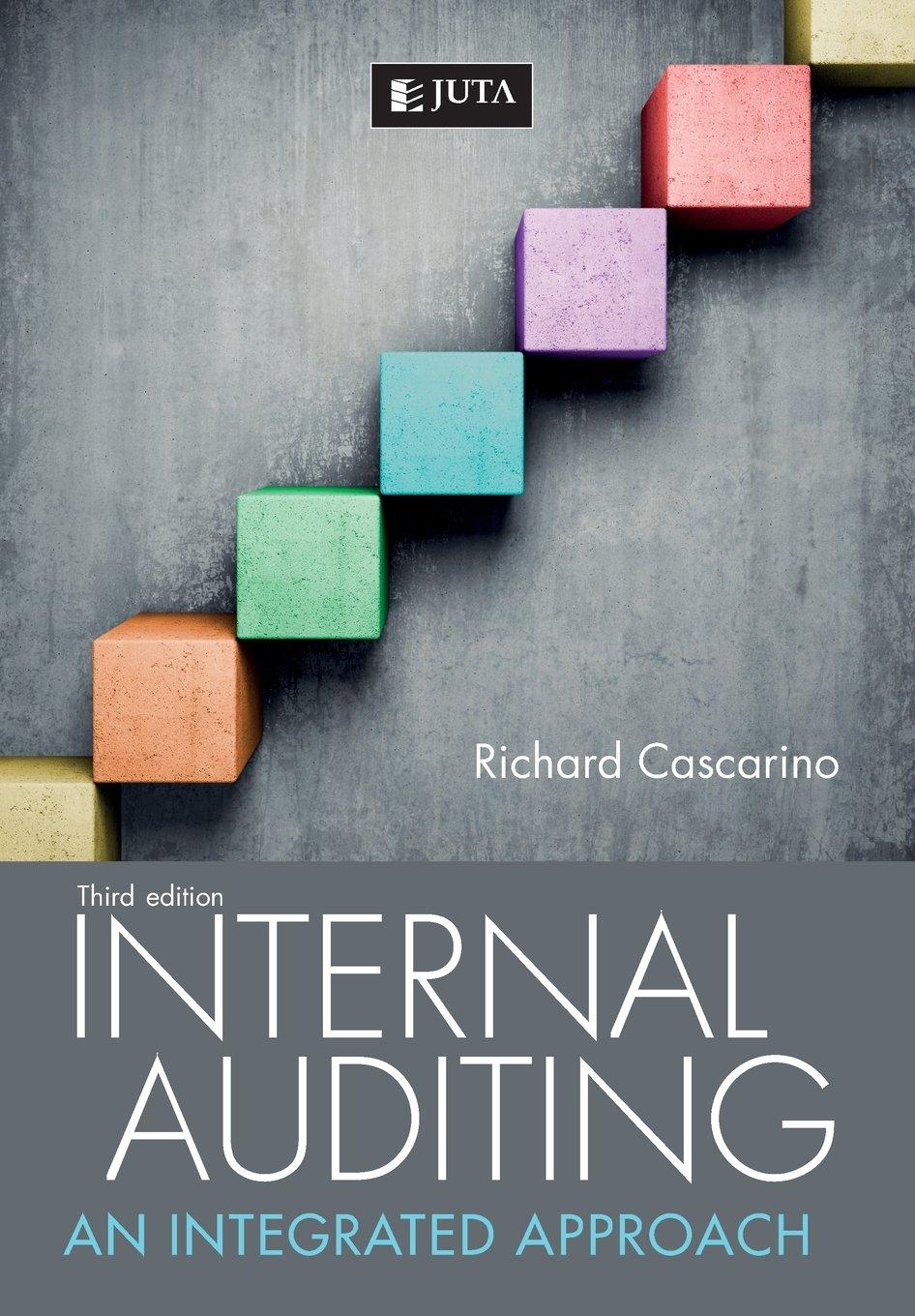Question
Question 3 Teds Travel Agency provides travel services for walk-in retail clients and for corporate clients. It is the largest privately owned travel agency in
Question 3
Teds Travel Agency provides travel services for walk-in retail clients and for corporate clients.
It is the largest privately owned travel agency in the greater Toronto area. Ted Thompson has
been the owner since its first day of business. Many clients are walk-ins who live within a fivekilometre radius of the office, and others hear about the agency from friends and will drive from
much farther away. The agency also has a large and growing component of business from
corporate clients who call to make their travel plans through the agency. These are smaller-sized
businesses whose operations are within approximately 30 kilometres and use the service to plan
and manage trips for employees. Ted charges the same rate to both retail walk-in and corporate
clients.
Ted has noticed that walk-in business has been gradually decreasing over the past 10 years as
more travellers use the Internet to make flight and hotel reservations. Corporate client volume,
however, has been reasonably consistent. Ted attributes the overall survival and success of his
agency to the relationships he and his loyal and long-serving staff have nurtured with clients over
the years. To prevent the loss of clients, Ted does his best to keep costs and prices low. Teds
staff is paid on an hourly basis and is part-time, with the exception of one supervisor. The parttime staff members are very flexible and will come in on short notice if help is required, and they
are willing to leave early if client activity slows. The supervisor is paid $15 per hour more than
the part-timers and is called upon by part-time staff when they are unable to meet a clients travel
needs.
After taking a managerial accounting night course earlier in the year, Ted became aware that
there are accounting techniques that could help him analyze his companys costs and help him to
further improve financial performance of the company. Motivated by this knowledge, earlier this
month (June) Ted hired fourth-year accounting student Lyall to help him with a three-month
summer project to budget and analyze costs for the month of July. Lyall started by collecting
data about the cost to service clients. For each client serviced, Ted told him that he estimated a
budget of 1 hour of direct labour at $14 per hour. The budget for fixed costs was set last
December at $108,000 for the year. Monthly budgets will be calculated by simply dividing the
annual amount by 12. Fixed overhead includes rent, insurance, utilities, depreciation on
computer equipment, and the cost of the student contract. Ted said he is expecting 1,200 client
service requests for the month.
On August 1, Lyall collected actual data from the agencys accounting system and other required
information. In July, the travel agency had recorded 980 service requests from all types of
clients. Actual overhead for the month was determined to be $10,500. Payroll records for July
revealed that 1,470 hours were actually used at an average hourly rate of $17. In addition to this
recorded data, Lyall had observed operations throughout the month. He noticed that walk-in
clients were often in and out of the agency within 45 to 50 minutes. Phone calls, which he knew
were almost always corporate clients, were also often about 45 minutes but almost always
generated one or two follow-up calls, averaging about 30 minutes of employee time, before the
clients reservations were finalized. In addition, he noticed that phone calls frequently required
supervisor assistance while the supervisor rarely spoke with walk-in clients. In fact, several times
per week, Lyall noted that the supervisor had to stay past closing time to finish a reservation for
corporate clients. He confirmed that the supervisor is paid an overtime rate of 2 times the regular
rate.
With this information in hand, Lyall was ready to analyze the results and perform a variance
analysis. He also intends to interpret the results and to suggest improvement regarding the
agencys future performance.
Required:
1. Calculate the labour rate and efficiency variances. (5 marks)
2. Calculate the difference between budgeted and actual fixed overhead. (1 mark)
3. Interpret the results of the variance analysis. (5 marks)
4. Suggest possible causes of variances and provide guidance to Ted. Is there a method for
collecting client data that might help Ted better understand what is causing variances at the
agency? (4 marks)
Step by Step Solution
There are 3 Steps involved in it
Step: 1

Get Instant Access to Expert-Tailored Solutions
See step-by-step solutions with expert insights and AI powered tools for academic success
Step: 2

Step: 3

Ace Your Homework with AI
Get the answers you need in no time with our AI-driven, step-by-step assistance
Get Started


